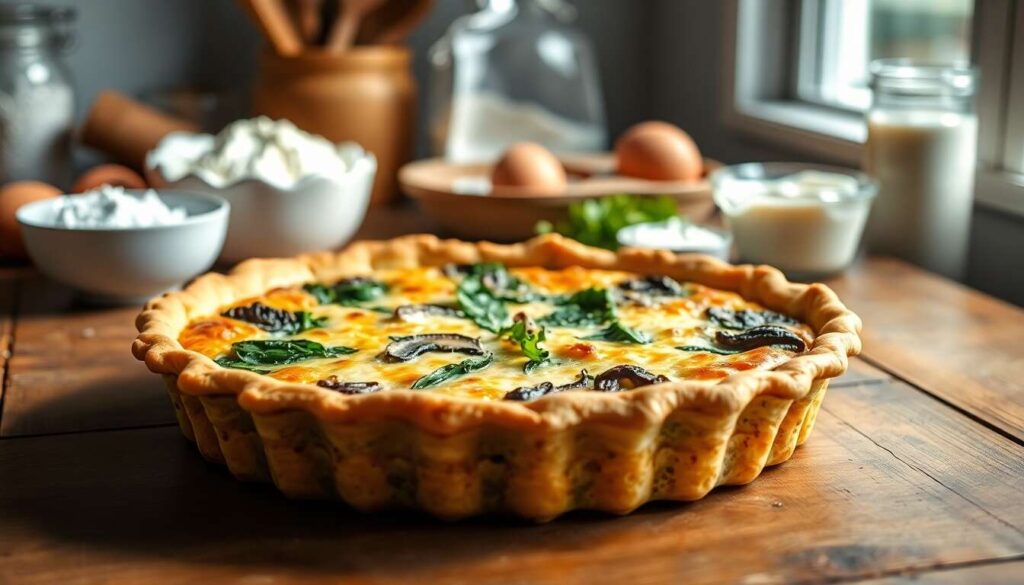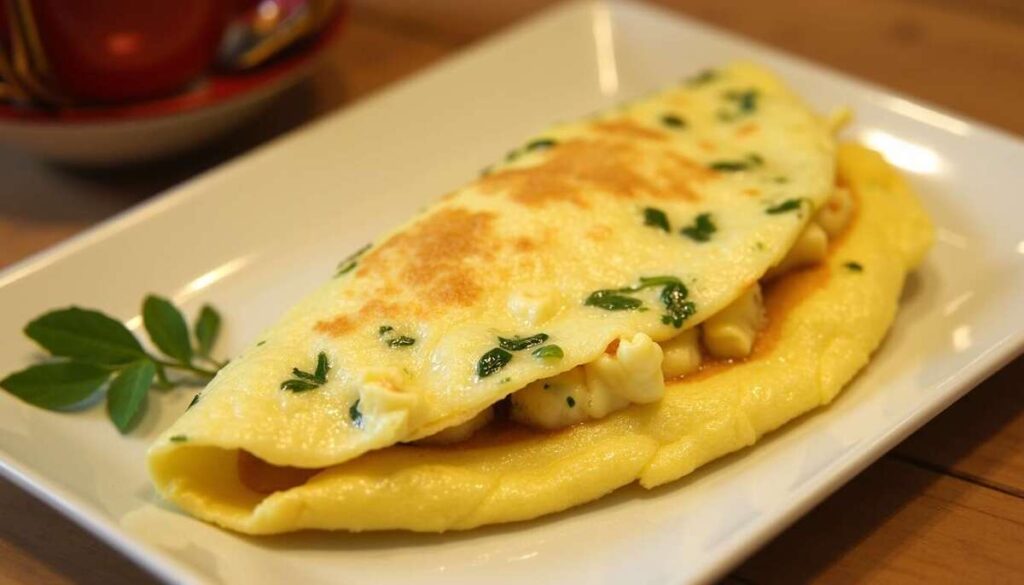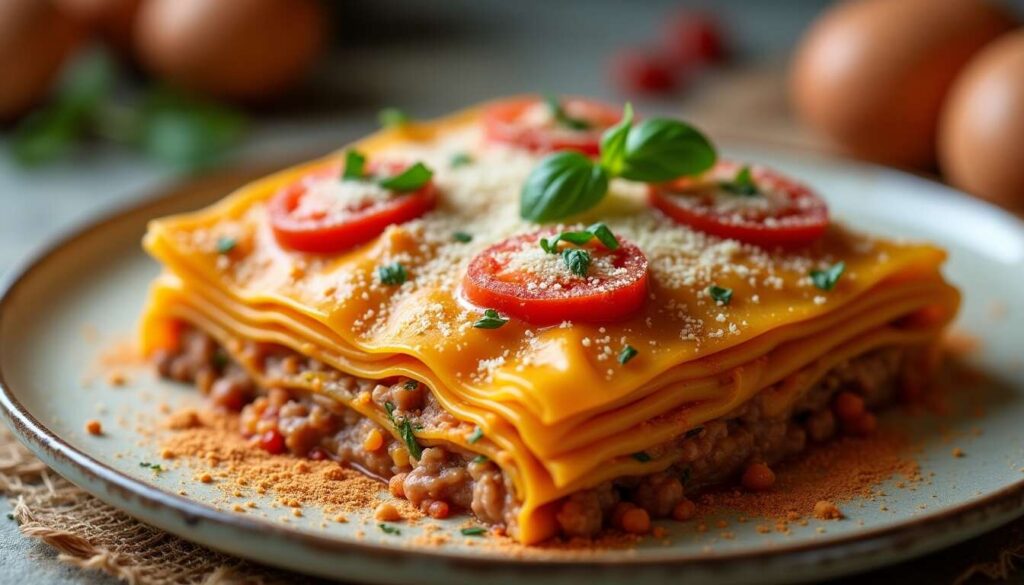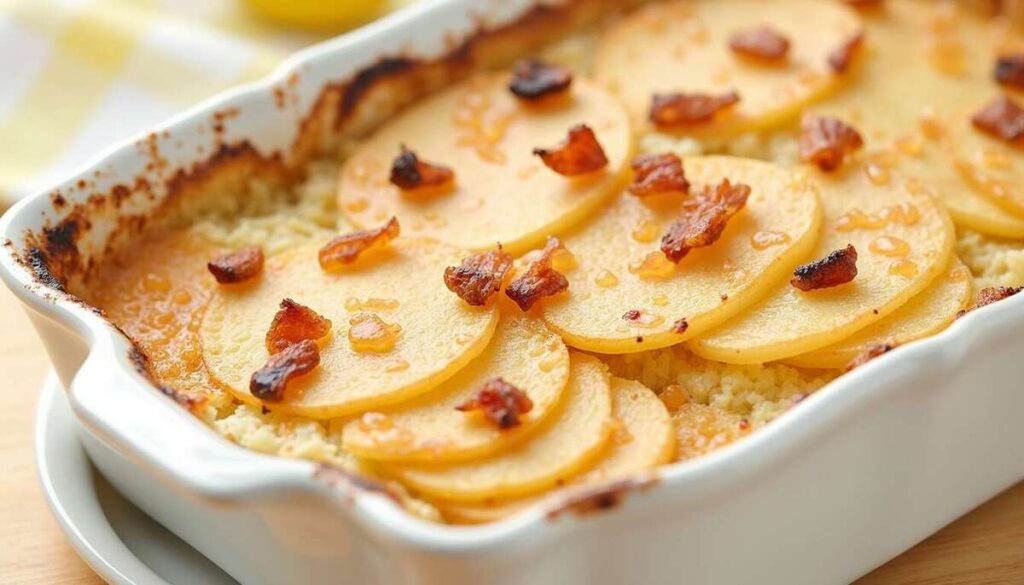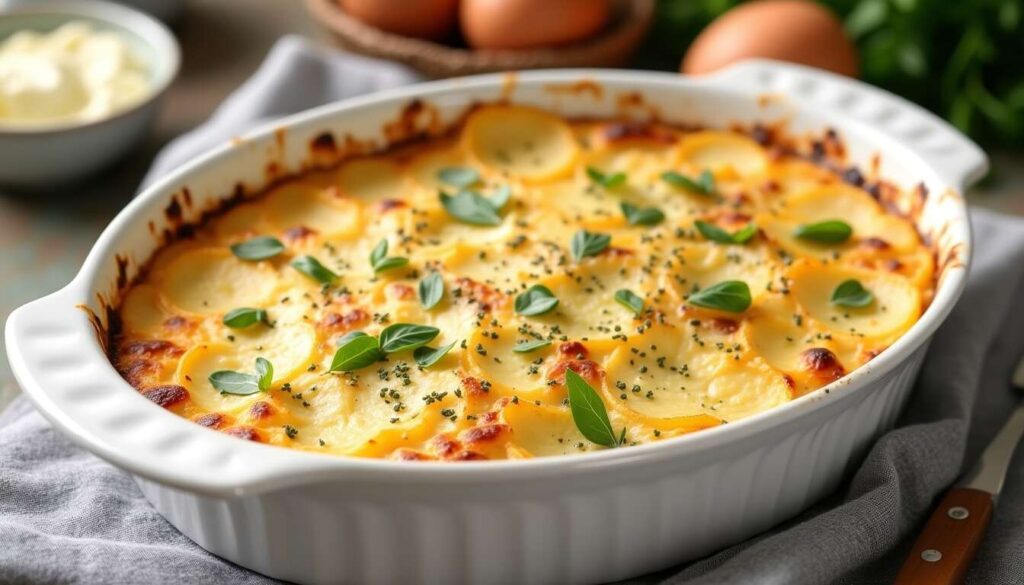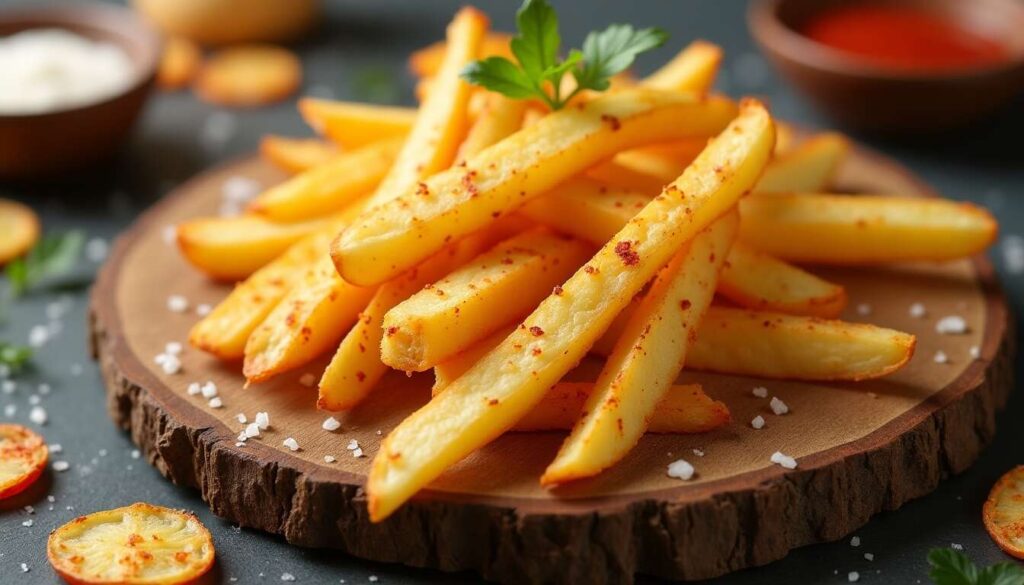Why Is My Quiche Too Watery? Common Causes and Handy Tips
Quiche is a beloved dish known for its simplicity and sociability, yet it can present hurdles in the kitchen, especially when it comes to achieving the right texture without excess moisture. Here’s a look at the common culprits behind a watery quiche and some tips to avoid this issue.
Understanding the Main Causes of a Watery Quiche
Ingredients High in Water Content
One of the primary reasons your quiche might turn out too watery could be the inclusion of ingredients that contain a lot of water. Vegetables such as tomatoes, zucchini, spinach, or mushrooms can release moisture while cooking and, in turn, wet the crust.
- Tomatoes
- Zucchini
- Spinach
- Mushrooms
The Importance of Choosing Dairy Wisely
Selecting the right dairy products is also essential. Using low-fat cream or an excessive amount of milk can lead to a liquidy quiche filling. It’s usually best to go for heavy cream to achieve a delightful texture.
Cooking Errors
Improper cooking methods, whether due to low temperatures or insufficient time, can prevent your quiche from setting properly. Aim to bake your quiche at around 350°F (180°C) for ideal consistency.
Pre-cooking Your Ingredients
Failing to pre-cook watery vegetables can result in a soggy quiche. Sautéing these veggies before adding them to the mixture is a commonly suggested technique.
A firm grasp of the various elements that contribute to a watery quiche allows for effective solutions to tackle these challenges.
Prebake the Crust to Prevent Sogginess
The Blind Baking Technique
To avoid a soggy crust, utilizing the technique of blind baking is crucial. This involves partially pre-baking your crust before adding the filling. Roll out your dough in the pie dish, pierce it with a fork, cover it with parchment paper, and place weights like dried beans or rice on top.
Brush with Egg White
Another clever tip is to brush the crust with an unbeaten egg white prior to baking. This forms a waterproof barrier on the crust. Bake it for 2-3 minutes at 350°F (180°C) for optimal results.
Pre-baking the crust is a step many overlook, but it is a vital component for making a successful quiche. Now, let’s explore ways to manage the moisture of the actual filling ingredients.
Absorb Excess Moisture with Chef’s Tips
Sautéing Vegetables
Sautéing vegetables over high heat, rather than steaming them, can significantly reduce their water content. This method not only cooks the veggies but also preserves their flavor while preventing them from making your quiche soggy.
Using Breadcrumbs or Crackers
A great insider secret is to sprinkle a thin layer of breadcrumbs or crushed crackers at the bottom of your prepared crust before adding the filling. This can help absorb any extra moisture during the baking process.
These tips will help you better manage the moisture in your ingredients, ensuring a well-cooked and flavorful quiche. However, the success of a quiche isn’t just about moisture control; it’s also essential to adjust the baking technique.
Adjust Temperature and Cooking Time for a Perfect Quiche
Selecting the Right Temperature
Choosing the right oven temperature is crucial when baking your quiche. A temperature around 350°F (180°C) is generally ideal, as it allows the filling to bind properly without becoming overly soft.
Appropriate Cooking Duration
Keeping an eye on the cooking duration is equally important. A quiche typically needs to bake for about 45 minutes to ensure that all the ingredients are set and that the crust is beautifully golden.
With these techniques, maintaining the right temperature and cooking time will help you achieve that perfect texture we all crave in a balanced quiche. But what should you do if, despite your efforts, your quiche still turns out too watery after baking?
Fixing a Watery Quiche with Simple Solutions
Extend the Baking Time
If you find that your quiche is still too liquid when you take it out of the oven, simply put it back in for a few more minutes. Extending the baking time will allow excess moisture to gradually evaporate.
Absorb Excess Moisture
Another quick fix is to sprinkle a light layer of breadcrumbs on top of the quiche and then pop it back into the oven for a short period. This will help absorb any extra moisture on the surface.
With a bit of practice, these corrective measures will ensure your quiche is consistently a triumph. By combining all these strategies, you’ll grow more confident in your culinary skills, ensuring every quiche is a guaranteed hit. Thanks to proven techniques and practical tips, addressing the issue of a watery quiche becomes an easily manageable task. The key lies in meticulously preparing ingredients and adhering to proper cooking methods. With these guidelines, creating a perfect quiche becomes an achievable endeavor for all cooking enthusiasts.

